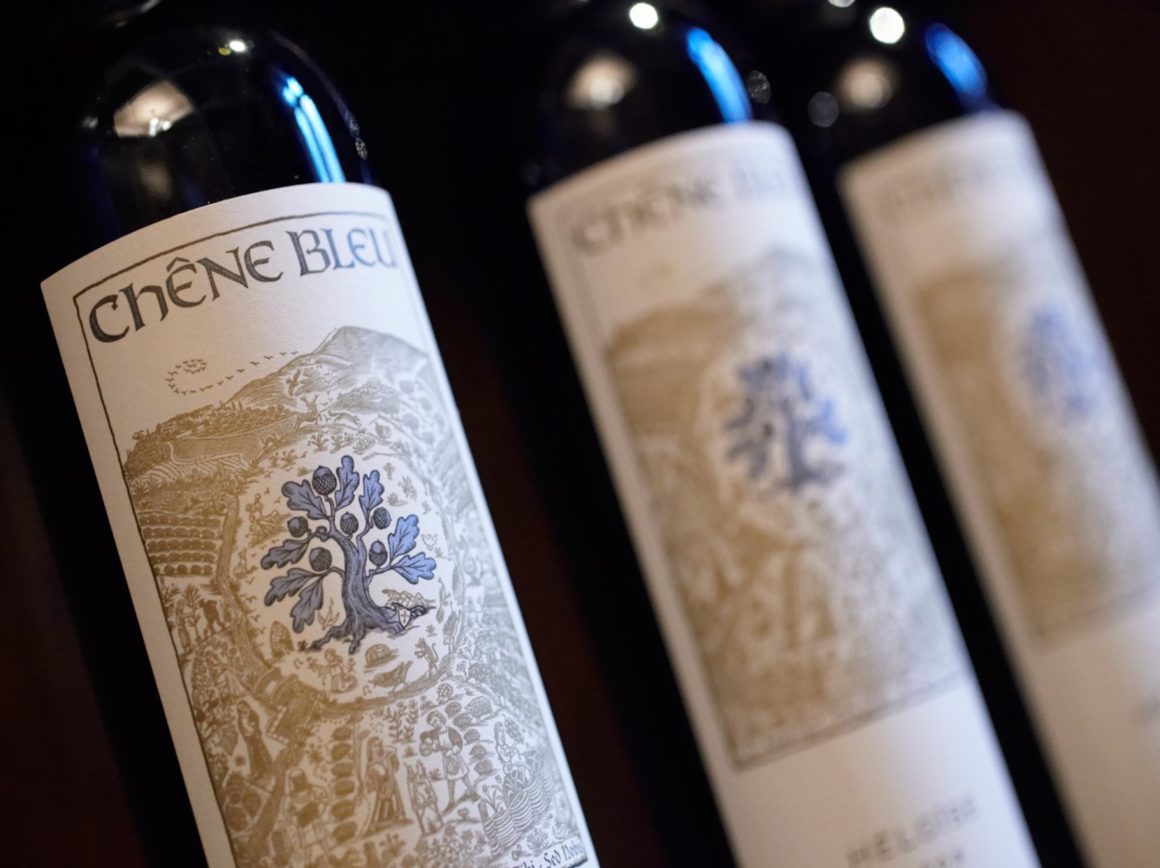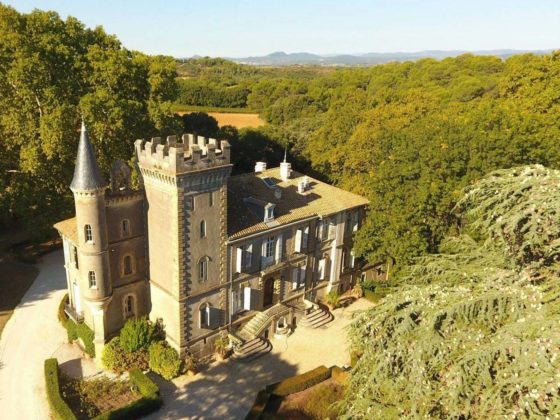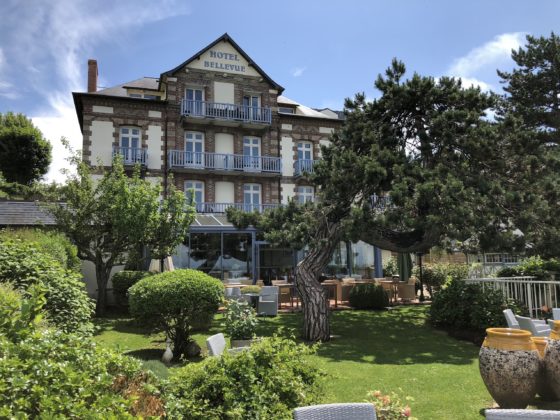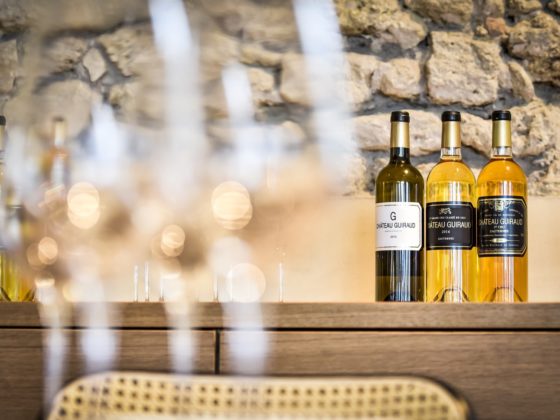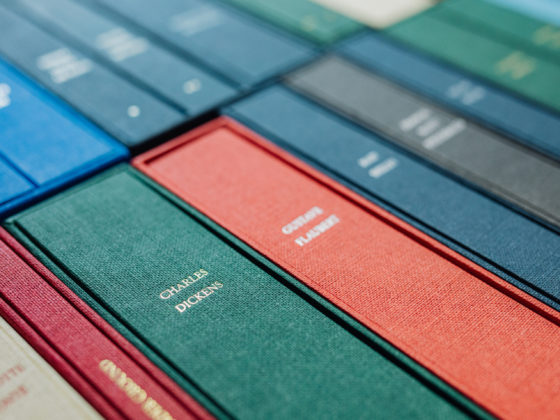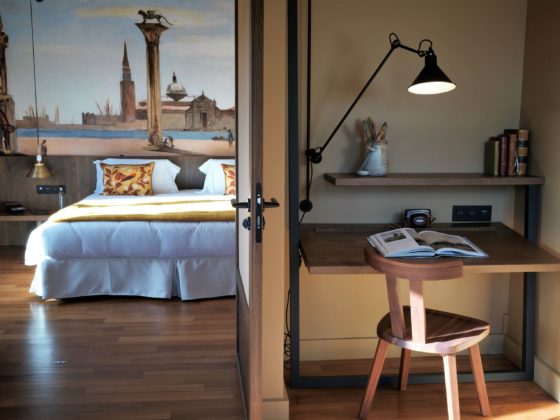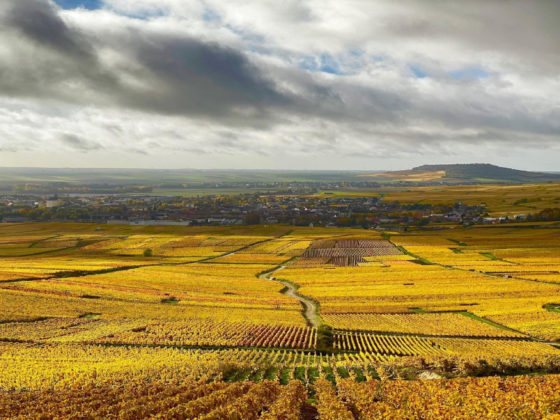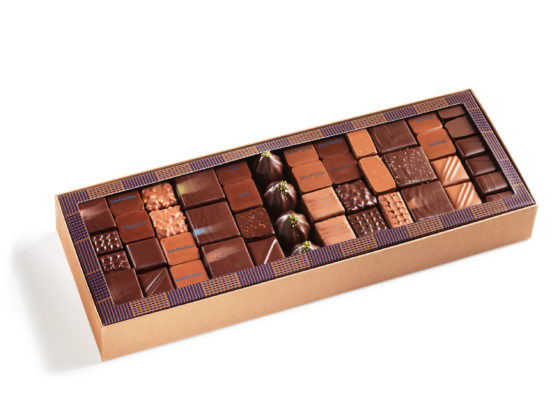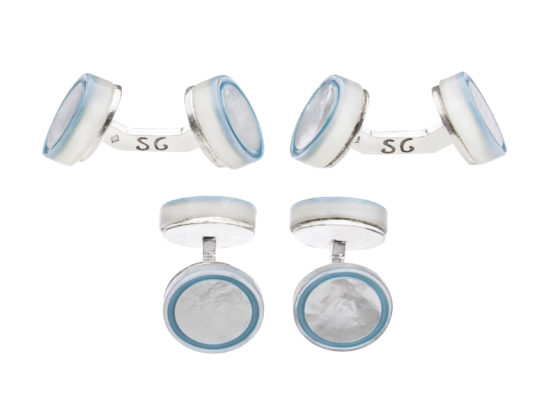A motto “Non Mihi Non Tibi Sed Nobis” but above all a life commitment.
Xavier Rôlet (cousin of the eponymous family from the Jura), who had wine in his veins, immediately fell in love with this magnificent estate nestled in an exceptional environment, exploited in the Middle Ages by the Templars but which had been completely abandoned following discord between the heirs. Without water or electricity, the priory dating from the 9th century was completely abandoned. th The vineyards were rented out; no one wanted them because, in spite of the historical reputation of these high altitude soils, they had been abandoned, after the creation of cooperatives, in favor of vineyards in the valley, with higher yields and greater ease of exploitation.
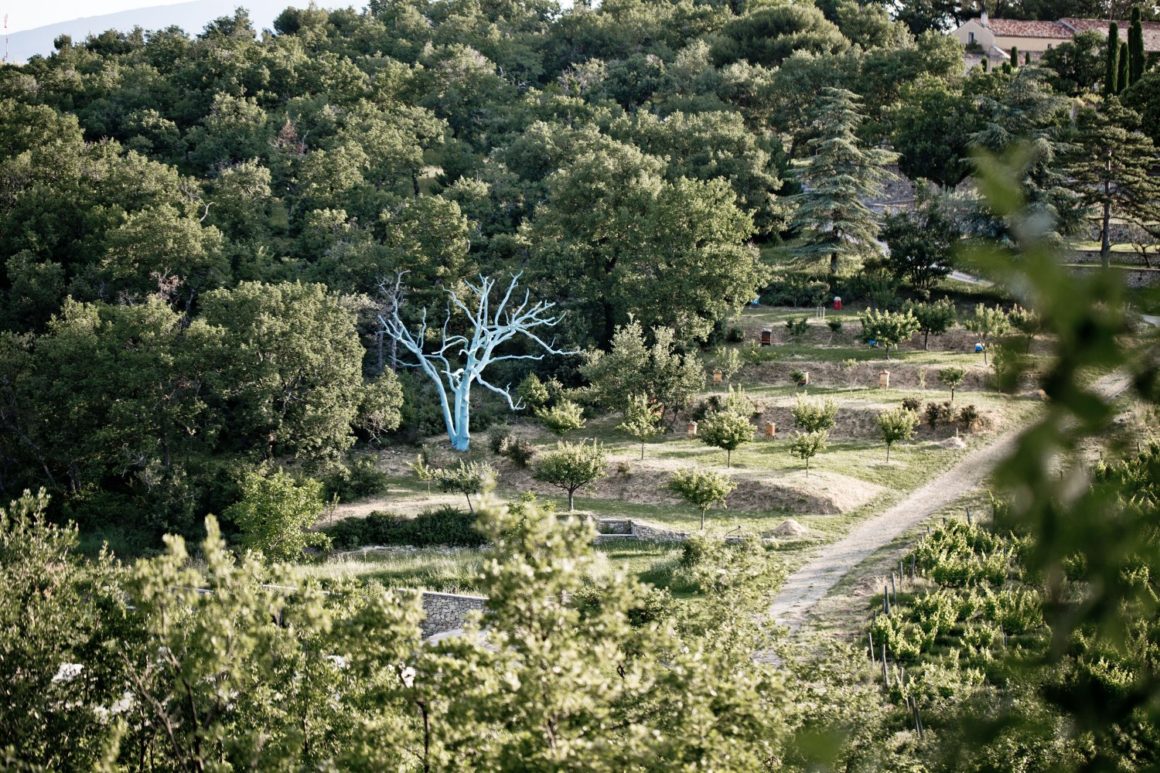
It took no less than 12 years to restore the vineyards and above all a lot of love… That of his wife Nicole as well as his sister Bénédicte and his brother-in-law Jean-Louis Gallucci, all reconverted to the profession of winegrower, to serve this great life project.
He was able to perceive in the moment all its potentialities, and was even surprised that such a jewel did not arouse more envy. How was it possible to come across a diamond in the rough like this. Why didn’t others see it? An exceptional vineyard, the great southern sun giving a beautiful ripe fruit, the wind bringing concentration and carrying away diseases, the altitude sealing the freshness and thus the capacity of ageing as well as an exceptionally complex geology brought by the Dentelles guaranteeing an original minerality… In a word, the conditions that every winemaker dreams of to make an exceptional wine. It was all there… It just had to be revealed, brought to life.

In thesecond part of the 20th century, the winegrowers had forgotten these high altitude terroirs in favor of the quantity required by the cooperatives and the greater ease of exploitation in the plains because here everything must be done by hand. It is so difficult, but what a difference in the end! Everything began to make sense, especially if we integrated this historical dimension. It is all this and more that gave them the audacity to want to make great wines. But the most essential thing was the awareness of the importance of having a natural and living vineyard.
I had the chance to meet Nicole, the soul of this place, during a presentation of her wines in a Parisian circle and I understood why more than two decades after the construction of the cellar and the harvest of the first vintage of Le Chêne Bleu, the press and experts often refer to the domain. This one has acquired its letters of nobility in blind competitions and with the most demanding critics in France and in about twenty countries. His wines have been awarded more than 70 medals and he even received the Best Rosé of the World award at the famous tasting organized by the Master of Wine Richard Bampfield, and more recently by the Jancis Robinson team… His flagship wines Abélard and Héloïse have received the best scores in the Southern Rhône Valley for several vintages
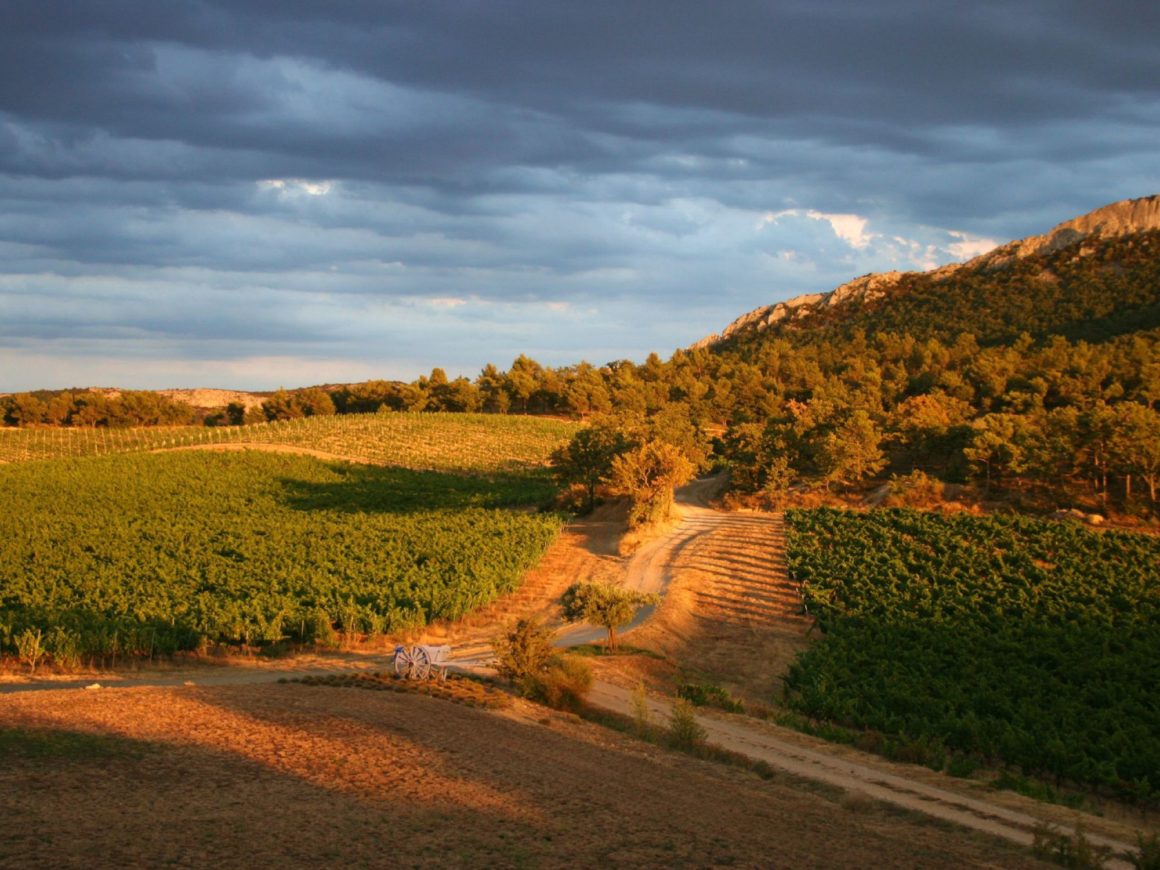
She shares with me what she enjoys most about her day. She likes to say with her big smile that wine is the 2nd oldest profession in the world! Archaeologists have found in Armenia, the remains of the oldest winery in the world dating back to 4600 BC. “It is extraordinary and it shows that there was already this desire of the man to have an intense relationship with the vine. What for her is very interesting in this profession is this permanent association of history and tradition, but also the great opportunity offered to creation, innovation… Everything seems to have been thought of and yet so many things are still to be done in this possible between “deconstructing and reconstructing” in a harmony between an extreme creativity and a very traditional profession The world of wine for her, “is very welcoming with people with very different backgrounds … The knowledge that we have in other areas can be exceptional contributions, because great wines are interesting in their multidimensional aspects, in a whole greater than the sum of its parts.
Added to this is the desire to create not just for a few but for everyone, to work with other passionate winemakers, because the challenges are too great and things are changing too fast, even and especially in a wine world that cannot rest on its history to perpetuate itself… This is also why she participates in an international Think-Tank Fine Minds 4 Fine Wines (FM4FW), to discuss the future of wines
Because the Rolets believe in the spirit of collaboration to solve big problems. Hence their motto: “Non Mihi Non Tibi Sed Nobis” (Not Mine, Not Yours, But Ours) which says a lot about the spirit that reigns in these places.
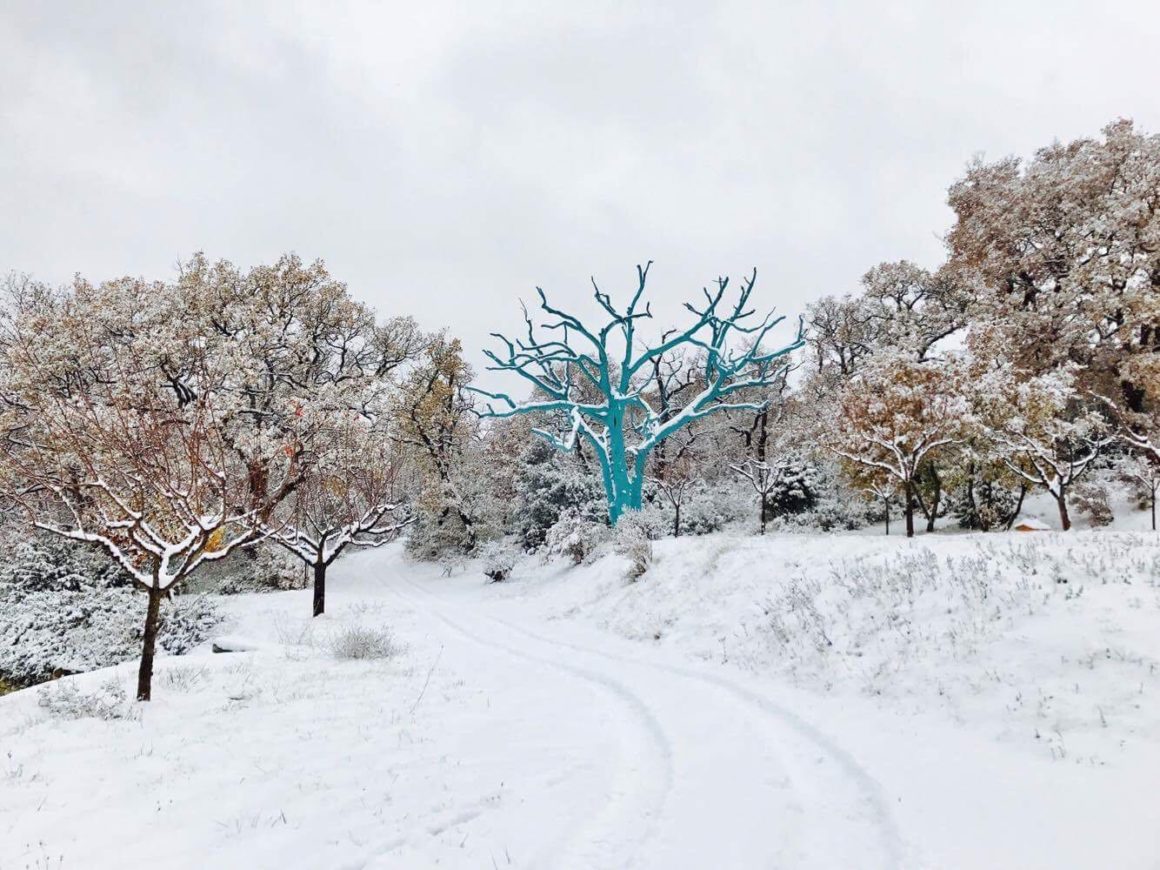
I also understood why this charm, this passion, this commitment of all the moments had as only finality, that to create these great Reds which are “Abélard”, with majority of Grenache (+ or – 90%), with a touch of Syrah whose power and the concentration had of equal only its smoothness and its personality… And what are “Heloise”, with its expression of finesse, 65% Syrah, associated with a third Grenache and a drop of white wine, Viognier or Roussanne, depending on the vintage, in the spirit of a Côte-Rôtie, but with an identity more than asserted. The first one works wonders on game or steak or pepper (Raymond Oliver version) and the second one goes remarkably well with poultry.
What amazed me were the natural acidity levels brought by the altitude and the minerality of the site which contribute to make wines whose freshness allows an excellent capacity of ageing: Chêne Bleu puts its prestige vintages in circulation only after 8 to 9 years of ageing to ensure that they returned in their “period of optimal drinkability”, which lasts at least during a good fifteen years The press called them “Super-Rhône”: like the Super-Tuscans because they want to keep the traditions of the region but are also inspired by practices or grape varieties from elsewhere to get the best from the fabulous terroir.
As I said, the reds were superb but my real favorite was, to my great surprise, the whites and especially the “Aliot” vintage (Roussanne, Grenache Blanche, Marsanne)… With its aromatic complexity where apricot, a hint of lychee, honey and honeysuckle compete at every moment; with its fatness which knows how to balance itself with the right amount of acidity and with its high level of breeding, we are dealing with a very great wine… This great white wine of the house benefits from such a complexity and such an aromatic originality that it can only push the true amateurs of beautiful and good to the curiosity and to leave their habits and their prejudices. Isn’t that where the real luxury lies?
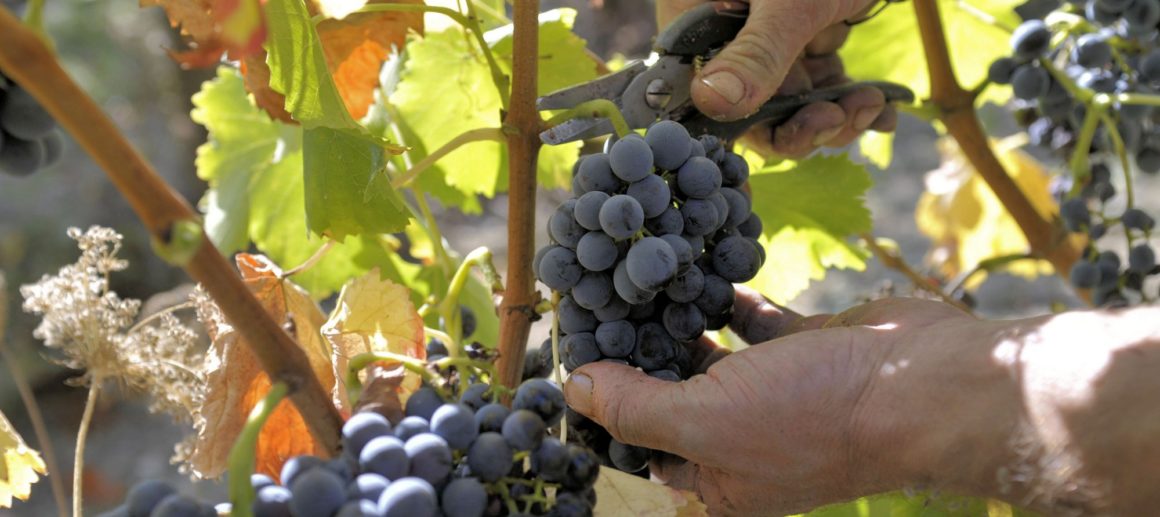
Luxury is also and above all in this permanent listening of the Nature which gives all the potentialities. The Domaine’s commitment to the planet simply goes beyond the guidelines of organic agriculture and the one that the press now revels in as a must. Here it is above all the respect of an ecosystem, located in the heart of the Mont Ventoux biosphere reserve (recognized by UNESCO), it offers a treasure trove of priceless natural riches: interesting indigenous yeasts, complex wildflower aromas, endangered species, extravagant biodiversity (1400+ butterfly species). The estate takes a highly experimental approach that combines science, empiricism, and philosophy, and has sought to go even further: planting a bamboo forest to filter wastewater, experimenting with the role of bees in the vineyard, and collaborating with scientists and authorities to reconcile agricultural and forestry management, and above all, educating the public about the essential role played by each of its stakeholders in the production of its wines. It is this nature that gives each bottle of Le Chêne Bleu its own unique personality.
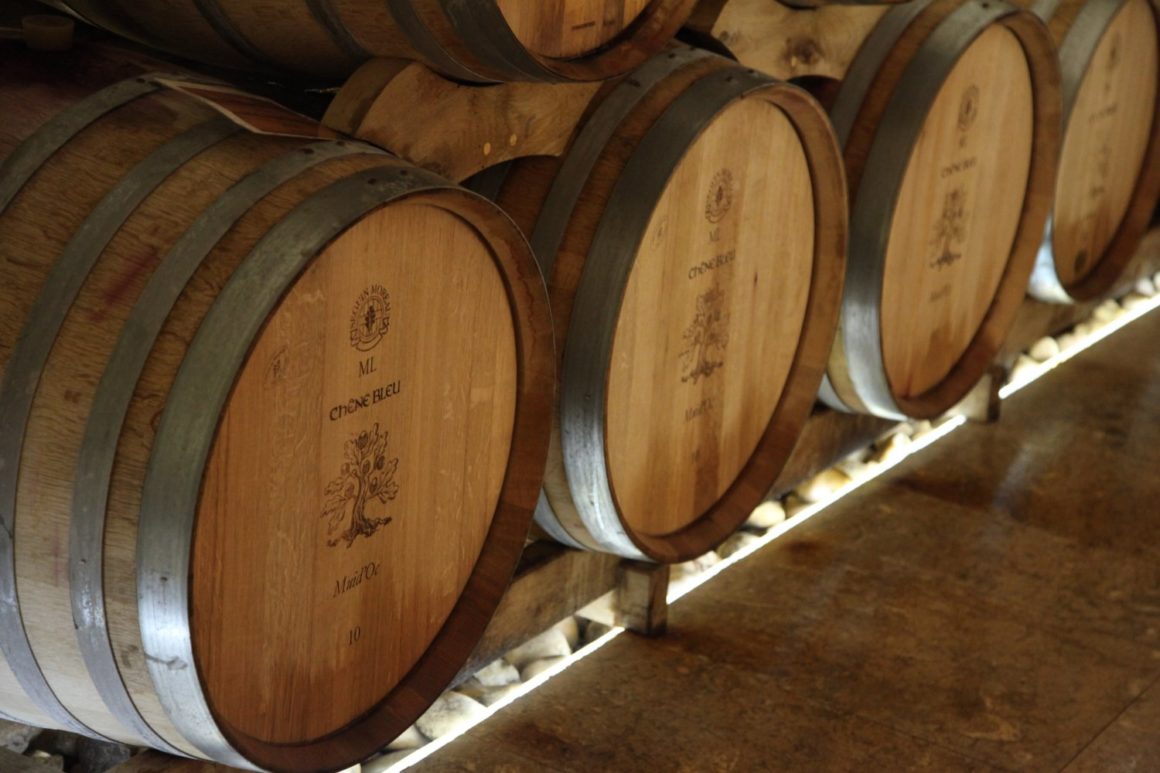
Every moment is precious to try to do better. It also took about ten years to restore the medieval priory and to be able to welcome visitors whether for a simple moment, a moment of gastronomy or a stay of oenotourism in a magnificent guest room. A few days ago, several groups were tasting: a group of Americans, a Malaysian woman who lived in Hong Kong with her Swiss husband, Dutch people who had a second home in the area, and a group of locals… All these wonderful singularities meeting in the same place as the result of a work. In fact, while writing these lines, I told myself that everything here was done to make a link, such as the desire to reconcile one’s gastronomic know-how with local ingredients based on sustainable practices, like this salad of small organic spelt, this goat’s cheese from the village, these tomatoes of rare species from the garden, the lamb raised on the property… All this to accompany the wines of the domain… To eat well, to drink well and also because the mother was a gastronomic critic, that the father was a wine collector… And especially for the desire to share this place, to live it. I had not yet told you that the domain appears in the archives of the Vatican for its spring which made pilgrims come in the Middle Ages in order to cure blindness… Place of Healing, resilience, connection with Nature… A place where to come to settle down as an evidence, in wine tourism a few days.
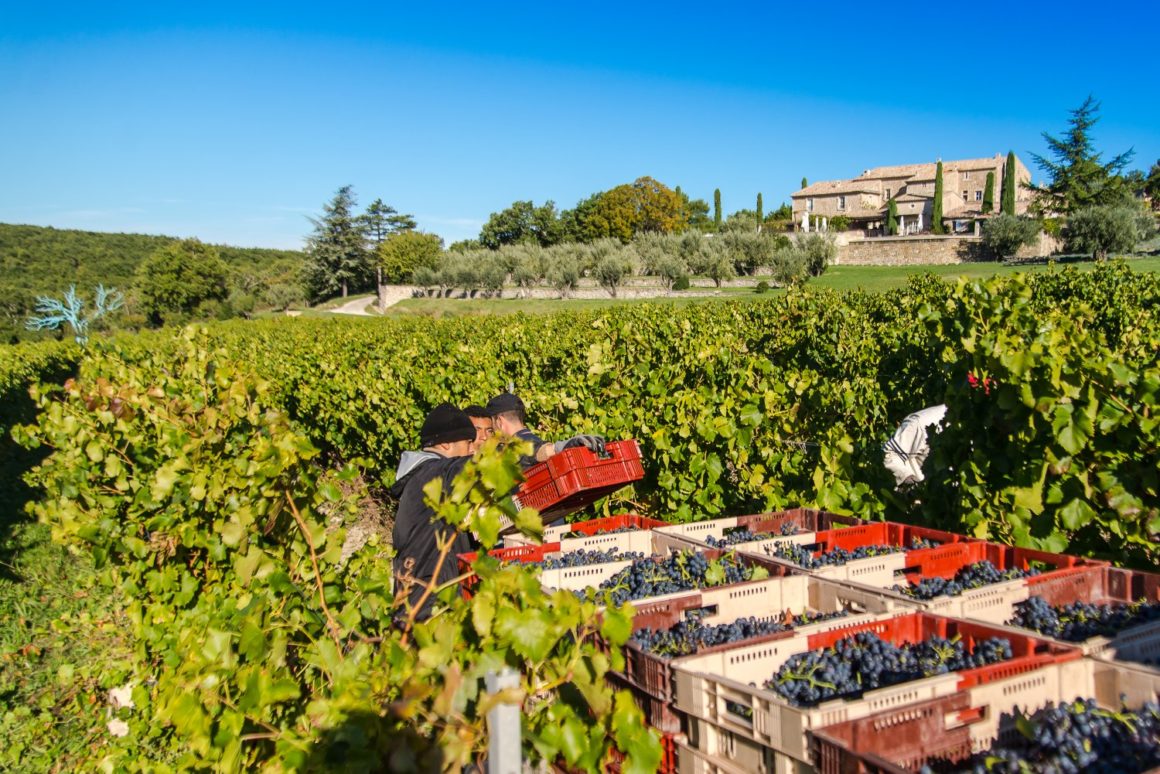
But for all this there is a secret ingredient: Time… To make things right. Here the actions are made to inscribe the domain in an optics of perpetuity by hoping that this domain will still be there in 1000 years. Here one is a winemaker, but above all a passer-by; because a great wine is not simply a beverage that can be enjoyed with balance, but it is above all an alchemy that will be judged by its ability to stand the test of time, and to be magnified with it.
I like this idea of hearing that anything that is not built or conducted properly, from the vine to the cork, will see the defect over the quality. “The cycles are 10/15/20 years” and “that’s how long it will take to see if the work has been done well”. Nicole, to illustrate her point, speaks to us with emotion about her “2007…With the wood very well integrated, silky tannins…an explosion of fruit” It is this time that, as in many other crafts, will be the ultimate judge
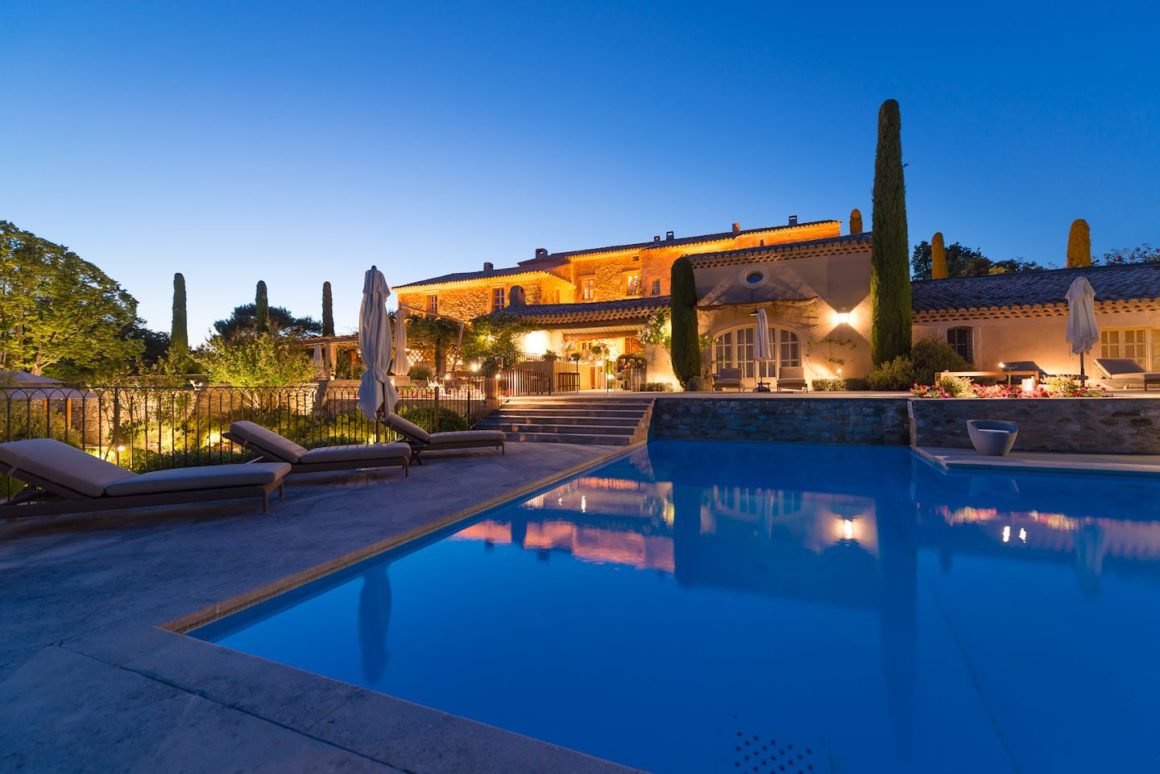
Each gesture made here is an invitation to rediscover this terroir with its exceptional and unusual potential, with a new look: to enhance it by building the identity of the wines around the logic of the terroir, even if this does not always correspond to that of the appellations for historical reasons. For this reason, the flagship vintages of the range are in IGP (formerly called Vin de Pays), or in Ventoux appellation, to be able to have an absolute freedom of creation and quality at the time of the assembly.
As in all great things, there is a spiritual dimension here in the connection with the people, with the land and with that something that makes the sum of the whole greater than the sum of the parts… Doesn’t every discovery, every encounter, every trial, every tasting tell us that great wines connect us to underlying truths within ourselves… and lead us to a knowledge of ourselves and of many other things, and as Nicole says, that this bet is made, because “there is something here that is worthwhile…
Everyone is free to appreciate them or not, but please don’t consider, like some of the members we met in this circle, that a Ventoux can’t have the same value as a Bordeaux. Across the world, across the terroirs, there may be people who take the time to do wonderfully well and this has a cost. I think of Italy where recently, far from Tuscany or Piedmont, a winemaker from Abruzzo was awarded the prize for the best white wine in the world, but we’ll talk about that later. Chêne Bleu also helps to remind us that the truly elegant, the pure aesthete is always curious. I liked their wines which are not copies of what we know but which have a real singularity, a real identity… and which gave me so much pleasure to taste.
Xavier A
Domaine du Chêne Bleu
Chemin de la Verrière
84110 Crestet
Téléphone : 04 90 10 06 30


